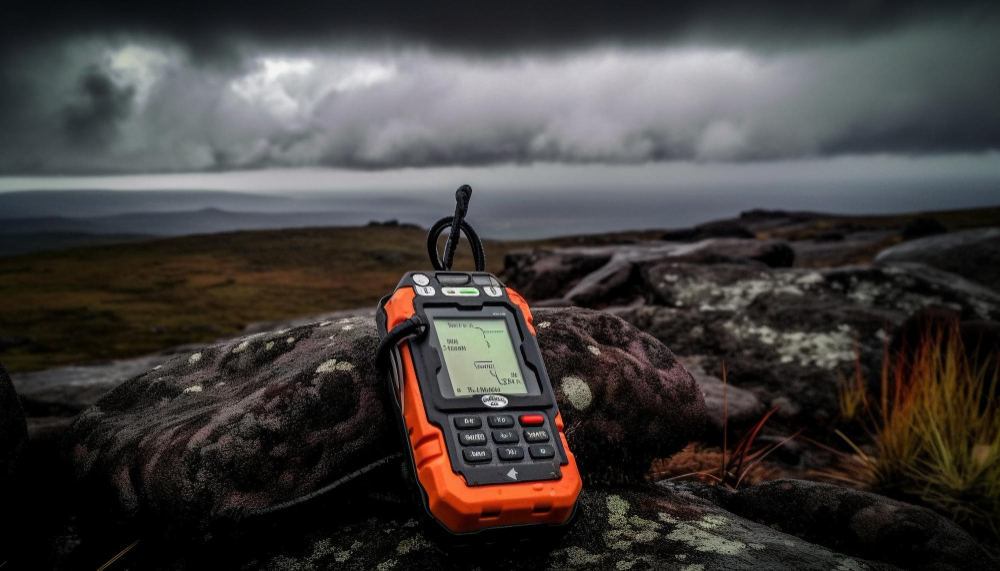
Complete Guide to Downloading Ordnance Survey OpenData for Free
Ordnance Survey (OS) is Britain’s national mapping agency, providing some of the world’s most accurate and detailed geographic data. While many OS products are commercial, they offer a substantial collection of free OpenData that’s invaluable for researchers, developers, students, and anyone interested in UK geography and mapping.
What is Ordnance Survey OpenData?
OS OpenData is a collection of geographic datasets made freely available under the Open Government Licence. These datasets cover Great Britain and include everything from basic mapping data to detailed administrative boundaries, terrain models, and geographic names.
Available OpenData Products
Core Mapping Data
- OS Open Map – Local: Detailed vector map data showing roads, railways, buildings, and land features
- OS Open Map – District: Medium-scale mapping suitable for regional analysis
- OS Open Map – Road: Comprehensive road network data with classifications
Administrative and Statistical Data
- Boundary-Line: Administrative and electoral boundaries including counties, districts, and wards
- Code-Point Open: Postcode locations with grid references
- OS Open Names: Comprehensive gazetteer of place names across Great Britain
Terrain and Geographic Data
- OS Terrain 50: Digital terrain model with 50-meter resolution
- OS Terrain 5: Higher resolution 5-meter terrain data (sample areas)
- OS Open Rivers: Network of rivers, streams, and canals
Address and Location Data
- OS Open UPRN: Unique Property Reference Numbers for properties
- OS Open Roads: Detailed road centerline network
- OS Open Greenspace: Parks, recreation grounds, and green spaces
Step-by-Step Download Tutorial
Method 1: Direct Download from OS Data Hub
Step 1: Visit the Ordnance Survey Website Navigate to the official OS OpenData portal:
- Go to https://www.ordnancesurvey.co.uk
- Click on “Business and Government”
- Select “OS OpenData”
- Or directly visit the OS Data Hub at https://osdatahub.os.uk
Step 2: Browse Available Datasets
- Click on “OpenData” in the main navigation
- Browse the catalog of available free datasets
- Each dataset has a detailed description, coverage area, and format information
Step 3: Select Your Dataset
- Click on the dataset you want to download
- Read the product overview and technical specifications
- Note the file formats available (typically GML, Shapefile, GeoPackage)
Step 4: Choose Download Format and Area
- Select your preferred data format
- Choose the geographic area you need:
- Great Britain (complete dataset)
- England, Scotland, or Wales
- Individual counties or regions
- Large datasets may be split into tiles or regions
Step 5: Download the Data
- Click the download link for your chosen area/format
- Files are typically provided as ZIP archives
- Download sizes can range from a few MB to several GB
Method 2: Using OS Data Hub API (For Developers)
Step 1: Register for API Access
- Create a free account on the OS Data Hub
- Navigate to “My Account” and create an API key
- Note your project key for API requests
Step 2: Explore API Endpoints
- Review the API documentation
- Test endpoints using the interactive API explorer
- Common endpoints include Downloads API and Features API
Step 3: Programmatic Access Use tools like curl, Python requests, or your preferred HTTP library:
bash
# Example API call for downloading Code-Point Open
curl -X GET "https://api.os.uk/downloads/v1/products/CodePointOpen/downloads" \
-H "key: YOUR_API_KEY"Method 3: Using Third-Party Tools
QGIS Plugin Method:
- Install QGIS (free, open-source GIS software)
- Add the “OS OpenData Downloader” plugin
- Configure with your area of interest
- Select datasets and download directly into QGIS
Python Libraries:
- Use libraries like
osdataorukpostcodeutils - Automate downloads with custom scripts
- Integrate with data processing workflows
- GitHub repositories: OS-UK/python-os-opendata (check for official OS Python tools)
File Formats and Technical Specifications
Common Formats Available
Vector Data:
- GML (Geography Markup Language): XML-based format, highly detailed
- Shapefile: Industry standard, compatible with most GIS software
- GeoPackage: Modern SQLite-based format, recommended for new projects
Raster Data:
- ASCII Grid: Simple text format for elevation data
- GeoTIFF: Georeferenced raster images
Coordinate Systems
Most OS OpenData uses the British National Grid (EPSG:27700):
- Based on OSGB36 datum
- Transverse Mercator projection
- Units in meters
- Origin at 2°W, 49°N
- Reference: EPSG:27700 – Spatial Reference
Understanding Data Licenses and Usage
Open Government Licence
OS OpenData is provided under the Open Government Licence v3.0:
- Free to use for any purpose
- Can be copied, modified, and redistributed
- Must acknowledge the source
- No warranty provided
- Full license text: Open Government Licence
Attribution Requirements
When using OS OpenData, include appropriate attribution:
- “Contains OS data © Crown copyright and database right [year]”
- For derived works: “Based upon Ordnance Survey data with the permission of the controller of Her Majesty’s Stationery Office, © Crown copyright.”
Practical Tips for Success
Planning Your Download
- Assess your needs: Determine the geographic area and detail level required
- Check file sizes: Some datasets are very large (GB+), plan storage accordingly
- Consider updates: Most datasets are updated regularly, check revision dates
Working with Large Datasets
- Use regional downloads: Instead of GB-wide data, download specific regions
- Invest in processing power: Large datasets require adequate RAM and storage
- Use appropriate software: Ensure your GIS software can handle the file sizes
Quality Assurance
- Verify projections: Ensure coordinate systems match your project requirements
- Check data currency: Note the survey dates and update frequencies
- Validate completeness: Some datasets may have gaps or limitations in certain areas
Common Use Cases and Applications
Academic Research
- Urban planning studies
- Environmental analysis
- Historical geography research
- Demographics and social research
Business Applications
- Location intelligence
- Logistics and routing
- Property development
- Market analysis
Software Development
- Web mapping applications
- Mobile location services
- Geographic analysis tools
- Data visualization projects
Personal Projects
- Local history research
- Walking and cycling route planning
- Property research
- Educational projects
Troubleshooting Common Issues
Download Problems
- Large file timeouts: Use download managers for large files
- Corrupted downloads: Verify file integrity with checksums when provided
- Access issues: Ensure stable internet connection, try different browsers
Data Format Issues
- Projection problems: Verify coordinate reference system settings
- Character encoding: Use UTF-8 encoding for text-based formats
- Software compatibility: Ensure your GIS software supports the chosen format
Performance Optimization
- Index your data: Create spatial indexes for faster queries
- Use appropriate scales: Match data resolution to your analysis needs
- Simplify geometries: Reduce complexity for web applications
Staying Updated
Monitoring New Releases
- Subscribe to OS OpenData newsletters
- Follow @OrdnanceSurvey on Twitter/X
- Check the Data Hub regularly for new products
- Monitor the OS Blog for updates and announcements
Version Management
- Keep track of data versions in your projects
- Document data sources and download dates
- Plan for regular data updates in ongoing projects
Advanced Integration Techniques
Database Integration
- Import into PostGIS for advanced spatial queries
- Use SQLite/SpatiaLite for lighter applications
- Consider cloud-based solutions like AWS RDS or Google Cloud SQL for large-scale projects
Web Services
- Set up your own tile servers using downloaded data with tools like TileServer GL
- Create WMS/WFS services for data sharing using GeoServer or MapServer
- Integrate with existing mapping platforms like OpenLayers or Leaflet
Conclusion
Ordnance Survey’s OpenData program provides unprecedented access to high-quality British geographic information. Whether you’re conducting academic research, developing applications, or pursuing personal projects, these free datasets offer professional-grade mapping data that would otherwise cost thousands of pounds.
The key to success is understanding your specific requirements, choosing appropriate datasets and formats, and following best practices for data management. Start with smaller regional downloads to familiarize yourself with the data structure before tackling Great Britain-wide datasets.
Remember to keep your data current, properly attribute your sources, and explore the full range of available products to maximize the value of this exceptional free resource.
Last updated: August 2025 Data availability and procedures may change. Always refer to the official Ordnance Survey website for the most current information.
Additional Resources
Official Documentation
Community and Support
- OS Community Forum
- Stack Overflow – ordnance-survey tag
- GIS Stack Exchange for general GIS questions
Related Tools and Libraries
GDAL/OGR – Geospatial data abstraction library
GeoPandas – Python library for geospatial data
R Spatial – R packages for spatial data

